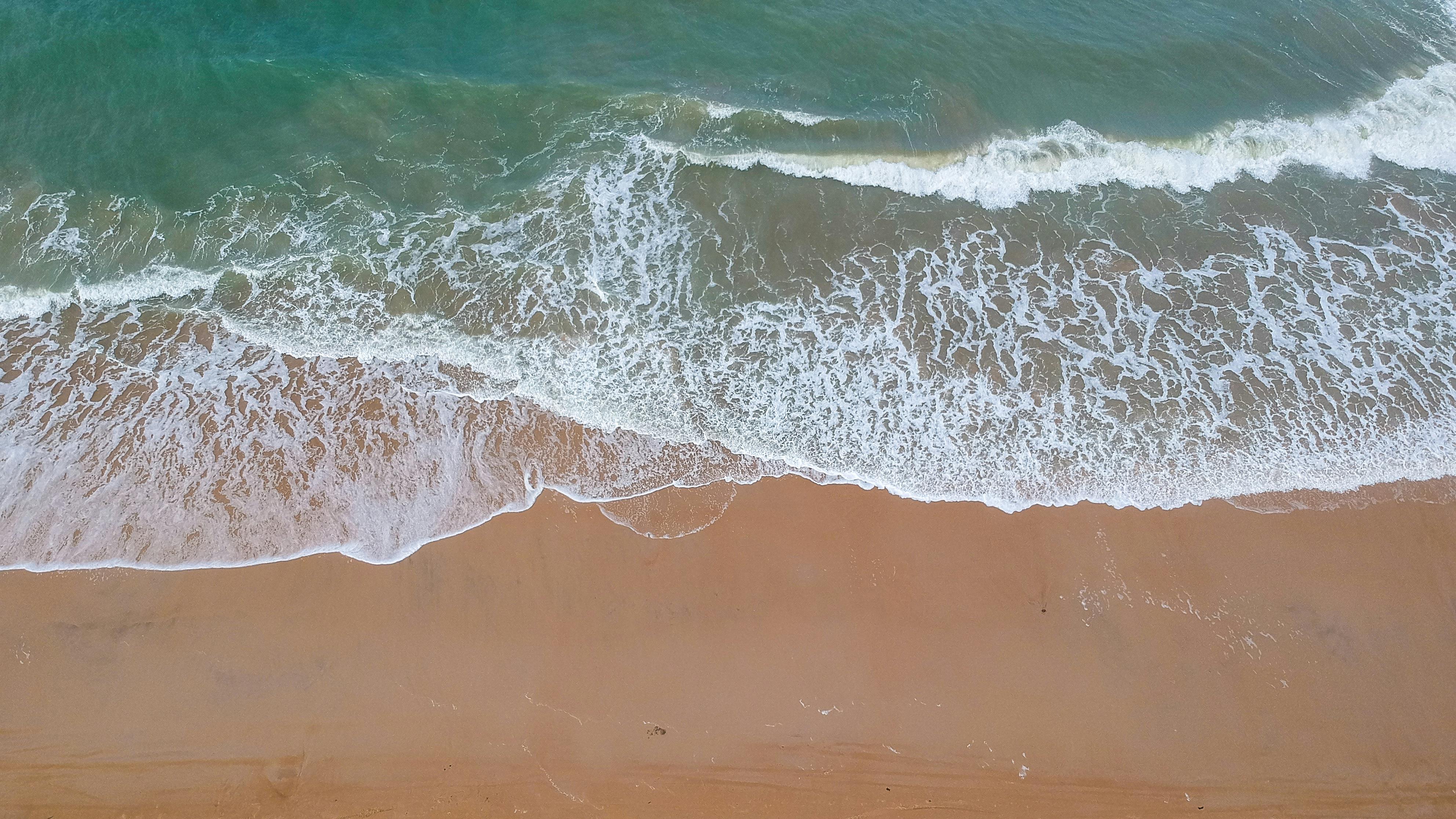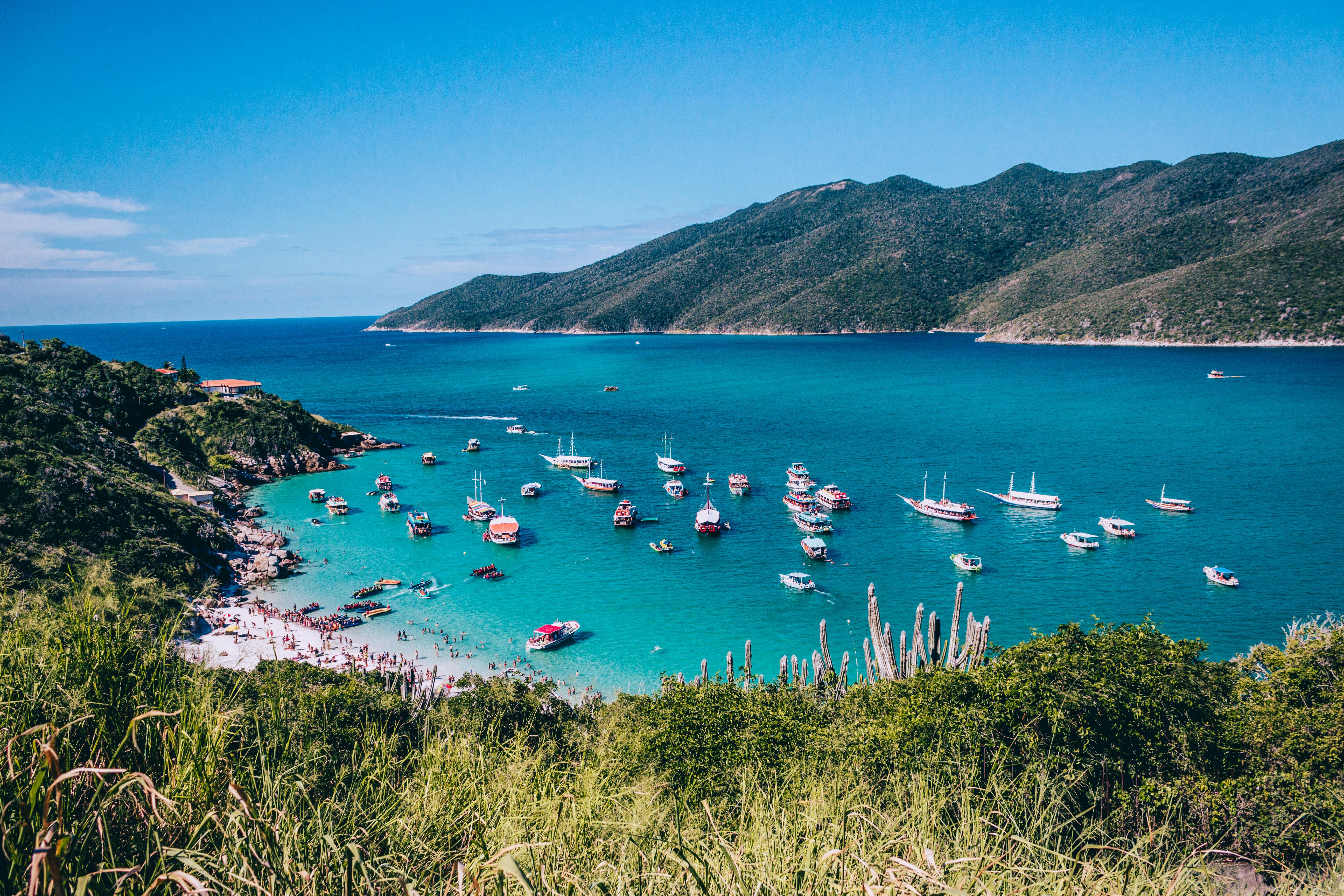Distilling water is a simple and effective way to purify water at home. Distillation is a process that removes contaminants, making it safe for drinking and other uses. It is easy to do at home with the right equipment, and distilling your own water can save you money in the long run. In this article, we’ll discuss the steps involved in distilling your own water, as well as some helpful tips for successful distillation. Read on to learn more about how to safely distill your own water at home.The process of distilling water at home is relatively simple and can be done with a few household items. To distill water at home, you will need a heat source, a pot or other container to hold the water, and a separate container to collect the distilled water.
Begin by filling the pot with water and placing it on the heat source. Heat the water until it reaches boiling point. As the water boils, steam will rise up from the pot and condense on the sides of your collecting container. Allow this process to continue until no more steam is being produced. The condensed liquid that is collected in your container is now distilled water. Discard any remaining liquid in the pot.
Allow your distilled water to cool before use or transfer it into another clean container for storage.
What Equipment is Required to Distill Water?
Distilling water is a process that involves heating water until it evaporates, then collecting the vapor and condensing it back into liquid form. This process removes impurities from the water, making it safe to drink. In order to distill water, you will need certain equipment. The most basic setup consists of a kettle or pot, a heat source, and a condenser. The kettle or pot should be made of stainless steel or glass and should be large enough to hold the amount of water you want to distill. The heat source can be anything from a stovetop burner to an open fire. Finally, the condenser should be made of copper tubing with cold water running through it. This will help the vapor cool and condense back into liquid form. Other equipment that may be needed includes thermometers, distilling columns, collection containers, and more. Depending on the size and complexity of your setup, you may need additional items such as filters and pumps.
If you are looking for an easier way to distill water without having to buy all of this equipment yourself, there are many companies that offer water distillation systems
The Benefits of Distilling Water
Distilling water is an effective method of purifying and sterilizing water, removing impurities and contaminants. Distillation is a process that involves boiling the water until it vaporizes, and then capturing the vapor in a separate container where it condenses back into liquid form. By doing this, any bacteria, heavy metals, organic compounds or other impurities are left behind in the boiling chamber. This leaves you with pure, clean drinking water that is free from most contaminants.
One of the primary benefits of distilling water is that it eliminates biological contaminants such as viruses, bacteria, and parasites. These contaminants can cause serious health problems if ingested, so it’s important to ensure your drinking water is safe from them. Distillation also removes toxic chemicals such as chlorine and lead which can be found in many municipal water supplies. It also removes organic compounds such as pesticides and herbicides which can be present in both surface and groundwater sources.
Another benefit of distilling water is that it reduces the presence of minerals such as calcium and magnesium which can lead to scale buildup inside pipes or on fixtures. This
What is the Process of Distilling Water
Distilling water is a process used to remove impurities, contaminants, and minerals from water. The process involves boiling the water and then condensing the vapor into a clean container. During this process, the impurities and contaminants are left behind in the boiling chamber while the vapor rises up and condenses into a separate container. The condensed liquid that collects in this container is known as distilled water. This type of water is often used for drinking, cooking, or other purposes where purity is important.
The distillation process involves several steps: First, untreated water is heated until it boils. As it heats up, some of the impurities and contaminants will evaporate with the steam. This steam then travels through a condensing coil where it cools down and returns to its liquid form as distilled water. The remaining impurities and contaminants are left behind in the boiling chamber due to their higher boiling point. Once condensed, this distilled water can be collected in a separate container for use.
Distilled water has many uses including drinking, cleaning surfaces, medical procedures such as dialysis, car batteries, and
How Long Does it Take to Distill Water?
Distilling water is a process that involves boiling liquid water to separate it into its two components, steam and liquid. The steam is then collected and condensed back into liquid form, which is the distilled water. The amount of time it takes to distill water varies depending on the type of equipment used and the amount of water you are attempting to distill. Generally, it takes between 30 minutes and 4 hours for the distillation process to be complete.
The first step in distilling water is heating up the source material. This could be tap or well water, seawater, or even saliva. Once heated, the liquid will begin to evaporate and create steam. As this steam rises, it can be collected in a condenser where it will cool and turn back into liquid form.
The time it takes for this process to occur depends on how much heat is applied and how efficient your equipment is at collecting the steam. If you are using a traditional still with an open flame, you can expect your water to take around 4 hours or more before you have a usable quantity of distilled water. On the other hand

What Should I Look for in a Home Water Distiller?
When shopping for a home water distiller, there are several factors to consider including quality, cost, and convenience. Quality is important because you want a product that will last a long time and provide reliable performance. Look for distillers that have been certified by the National Sanitation Foundation or other reputable organizations. Cost is also an important factor to consider when selecting a home water distiller. While price should not be the only deciding factor, it is important to get the best value for your money. Finally, look for features that make the distiller convenient to use, such as an automatic shut-off feature or easy-to-clean components.
In addition to these factors, there are several other things to consider when selecting a home water distiller. The first is the type of material used in its construction. Stainless steel is generally considered the best option; however, some models are made with plastic or other materials that may not be as durable. Also, look for models with adjustable temperature settings so you can adjust the heat of your distilled water according to your needs.
Finally, pay attention to the size
Contaminants Removed with Home Water Distillation
Water distillation is a process used to remove contaminants from water. It involves boiling the water and capturing the resulting steam in a separate container, where it then condenses back into liquid form. This process leaves behind most of the contaminants, making the resulting water much purer than before. Some of the contaminants that can be removed with home water distillation include bacteria, viruses, heavy metals, chemicals such as chlorine and fluoride, organic compounds, and minerals.
Bacteria and viruses are some of the smallest contaminants found in drinking water. These microscopic organisms can cause serious illnesses if consumed. By boiling the water and capturing the steam in a separate container, these pathogens are left behind in the original container due to their inability to survive high temperatures.
Heavy metals such as lead, arsenic, mercury, and cadmium can also be removed from drinking water with distillation. These metals come from industrial waste runoff or old pipes that have been corroded over time. When heated to boiling point they become volatile and evaporate away from the liquid phase into vapor form. In this state they can then be collected
Is Home Water Distillation Safe?
Yes, home water distillation is a safe and effective way to purify water. Distillation is a process that removes impurities from water by boiling it and then collecting the steam that is produced. This steam contains pure water molecules, and any contaminants in the original water are left behind. The resulting distilled water is free of bacteria, viruses, heavy metals, and other contaminants. It also has a neutral pH level, so it is safe to drink.
Distilled water can be used for drinking, cooking, and general household purposes such as bathing or cleaning. It can also be used to make beverages such as coffee or tea taste better by removing any trace amounts of chlorine or other impurities that may be present in tap water. Additionally, distilled water can be used in some medical applications such as kidney dialysis or intravenous (IV) treatments.
While home distillation systems are an effective way to purify your drinking water, they do have some drawbacks. Distillation systems are relatively expensive compared to other methods of filtration and can take several hours to produce enough distilled water for regular use. Additionally, distilled water does

Conclusion
Distilling water is a great way to get pure, clean water from tap or other sources. It is a simple and efficient process that can be done using basic tools and equipment. Although the initial investment for purchasing the necessary materials may be costly, it can save you money in the long run. Distilling your own water also helps reduce waste by eliminating single-use plastic bottles, which are harmful to the environment.
Overall, distilling your own water provides you with access to a safe and healthy drinking source while helping protect the environment at the same time. With a bit of effort and some basic knowledge, anyone can begin distilling their own water.
It is important to remember that distillation does not remove all contaminants and pollutants from your water; therefore, you should always be sure to use clean source water when starting with the distillation process. Additionally, if you have any concerns about the quality of your drinking water, it is best to consult a professional before proceeding with any kind of distillation project.

